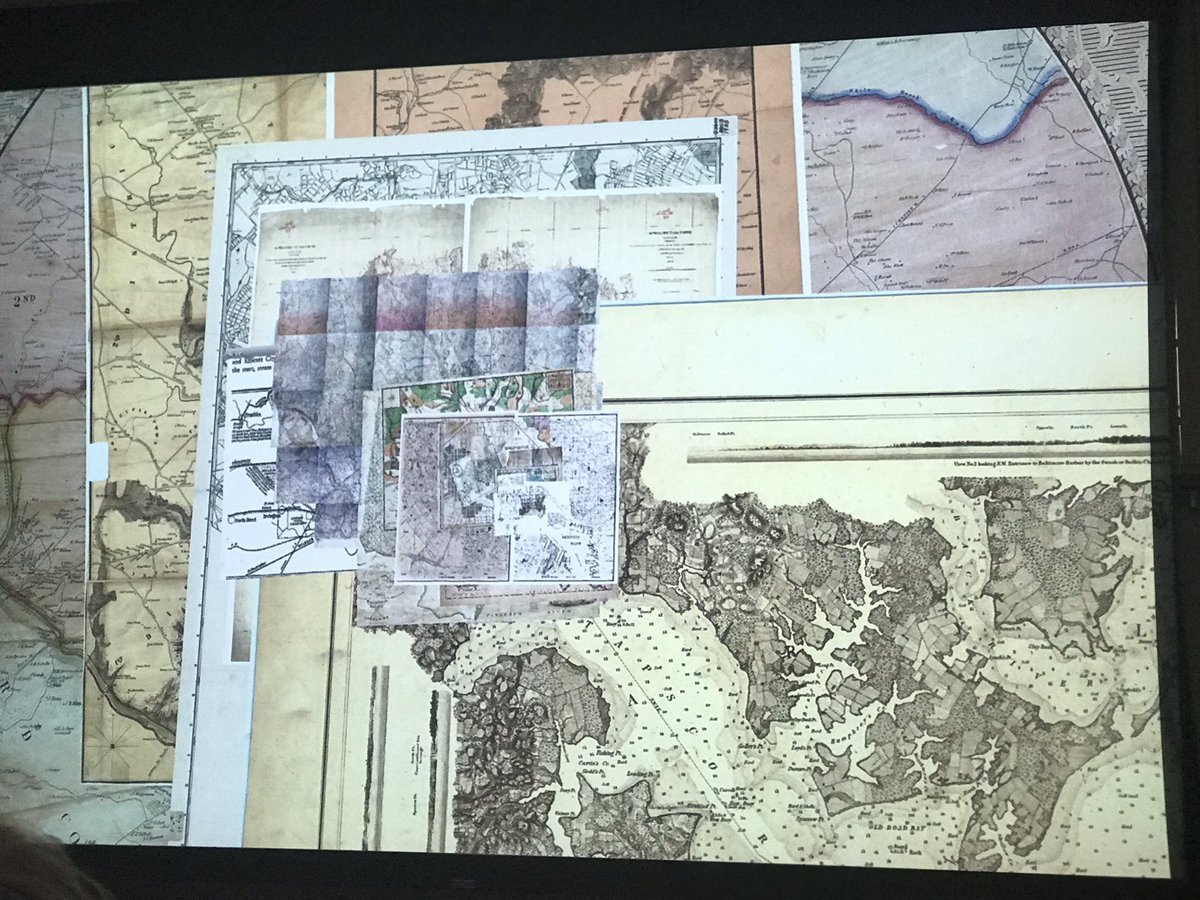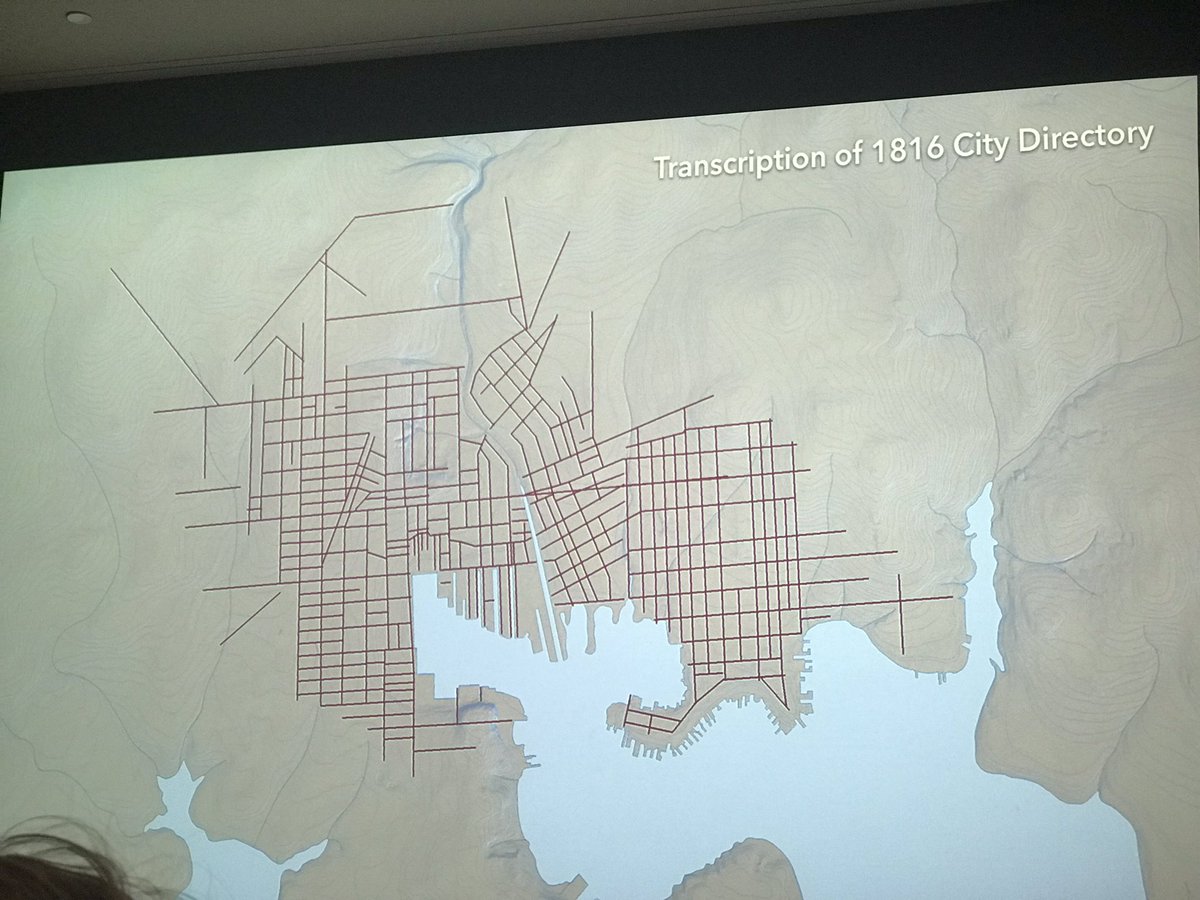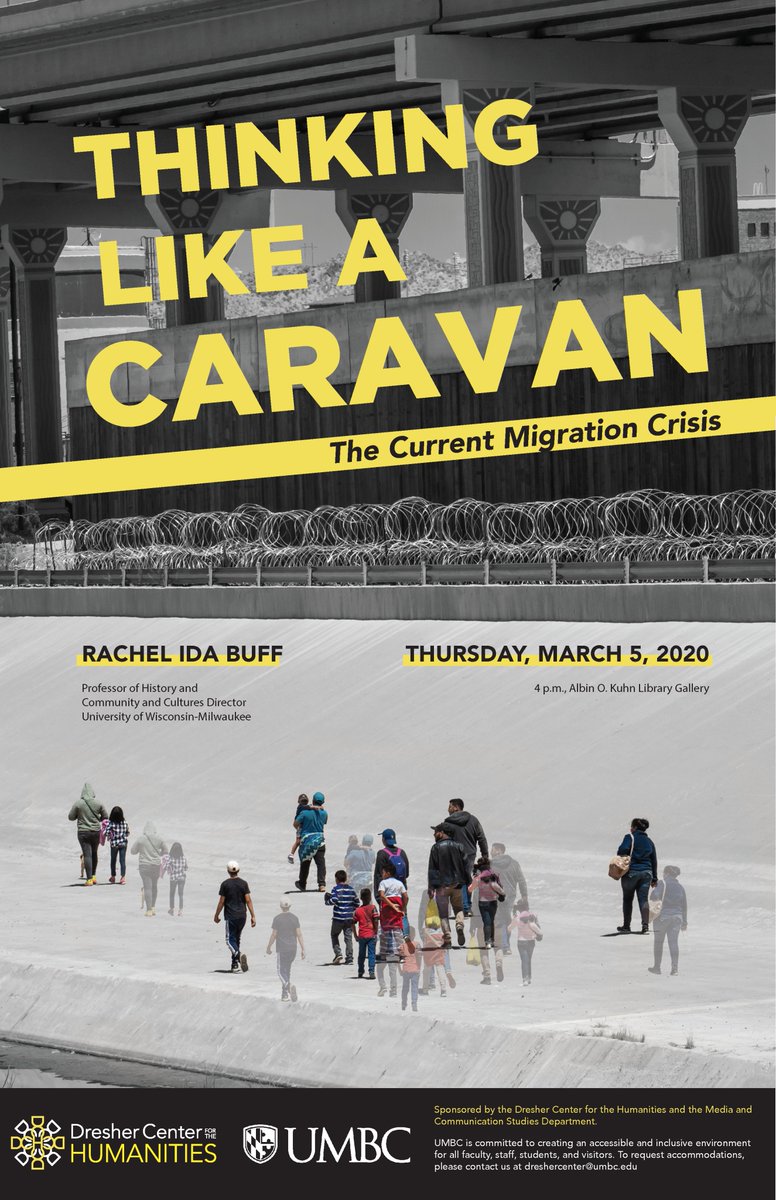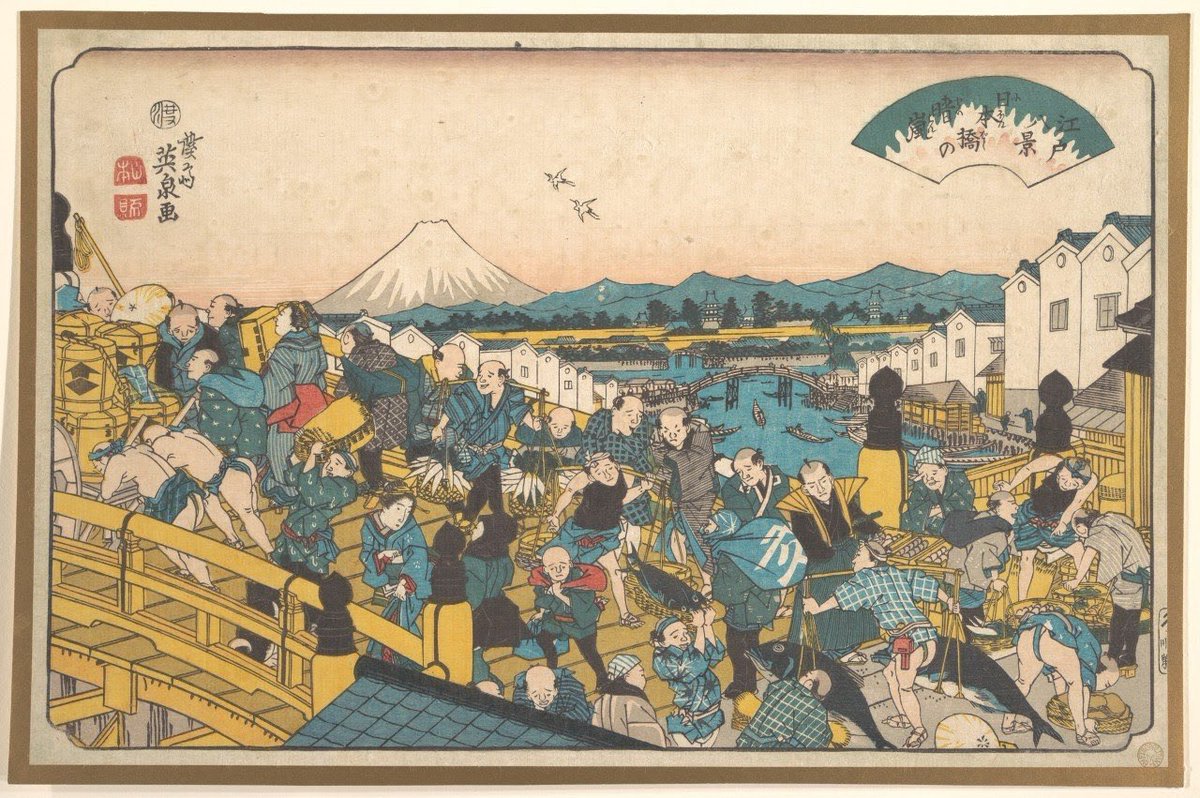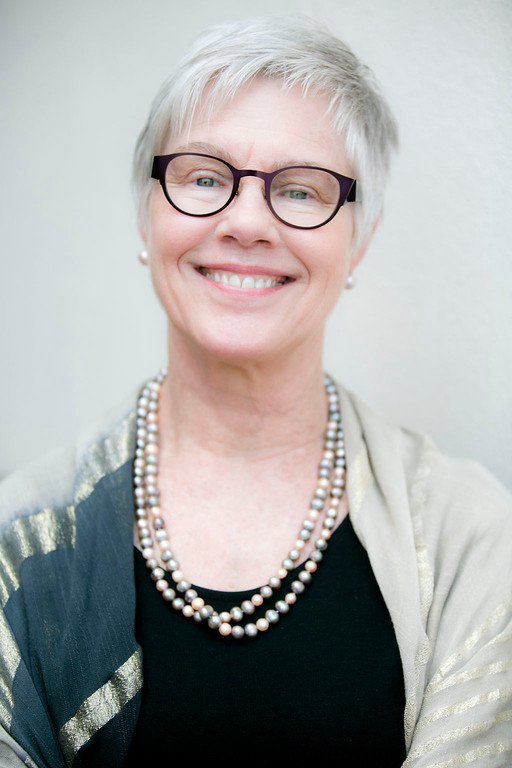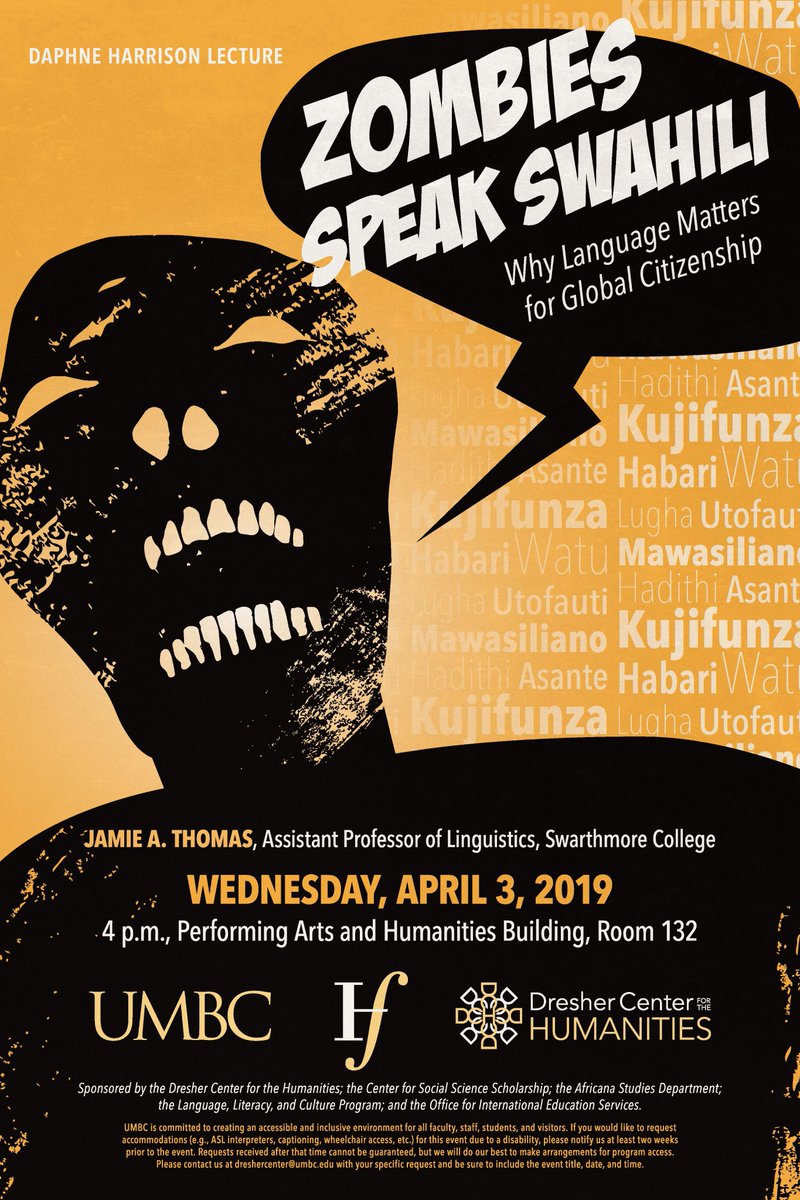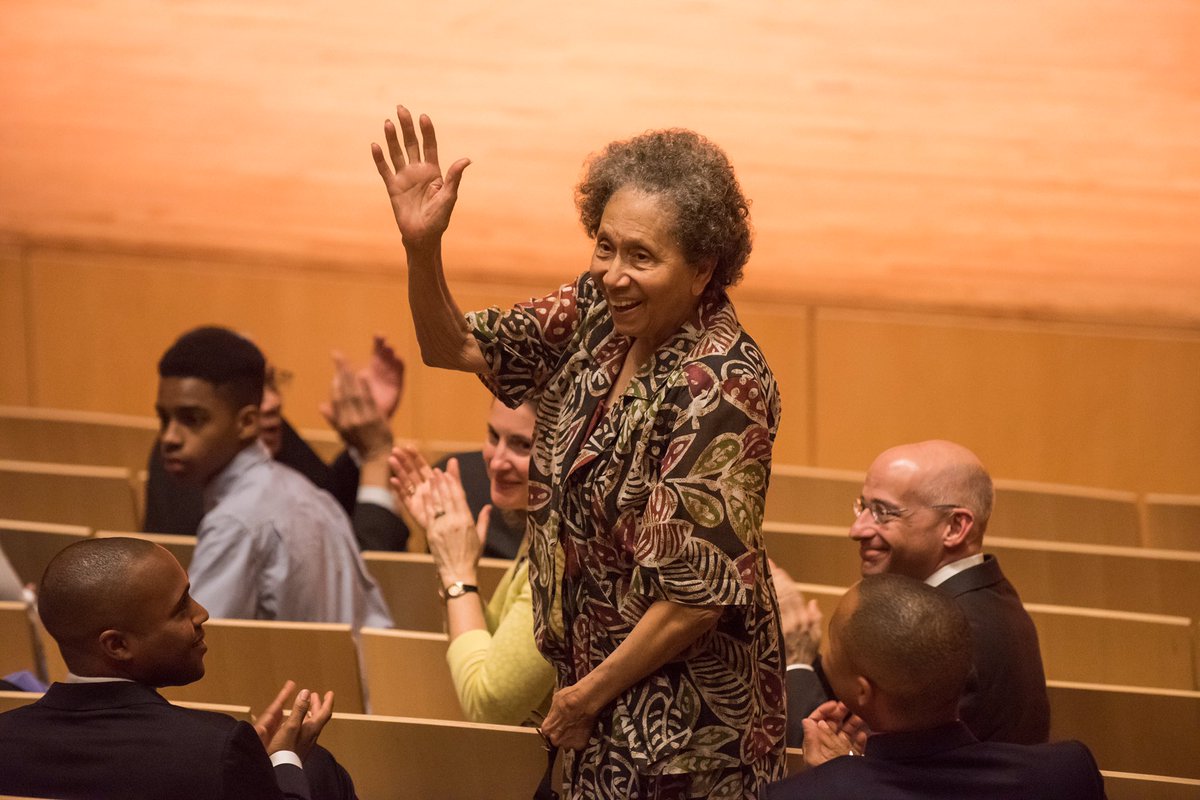
This afternoon, please join us for our last #HumForum of the spring semester with the annual Lipitz Lecture @ 4pm in PAHB 132 my3.my.umbc.edu/groups/dresher… 

.@UMBC_CAHSS Dean Scott Casper is introducing our Lipitz Professor, Dan Bailey, a professor of animation. The Lipitz Lecture is conferred annually. #HumForum cahss.umbc.edu/lipitz/
The talk will feature two projects: Visualizing Early Baltimore and Slow Exposure. Bailey stresses that these projects would not be possible without a group effort.
Other artists using this technique include Michael Wesely, Alexey Titarenko, Chris McCaw, and Jonathan Keats. 

Bailey: By working with only analog cameras in the beginning, I was producing a bias version of the world. Analog requires light, but half the world exists in the dark.
Bailey: I want to capture the mundane landscape and think about what the everyday is like and what can be brought to it. I also want to think about humans’ impact on the environment.
Threatening Rock (tse biyaa anii'ahi) was a 30,000 ton section of canyon wall. The indigenous community built their homes even in the face of the danger of the rock. It eventually fell in the 1960s 

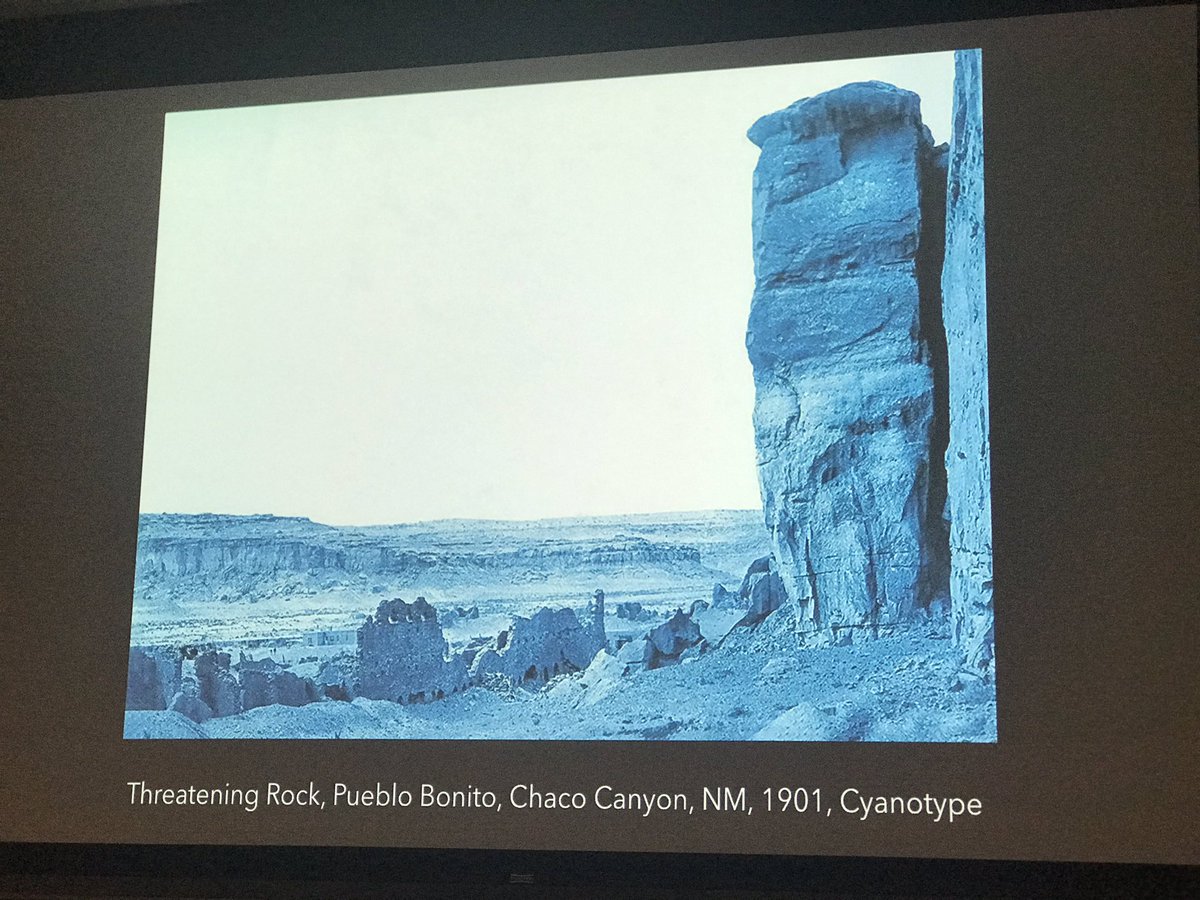

Visualizing Early Baltimore is a project through @ircumbc. This 3D map of Baltimore, which can incorporate terrain, buildings, and land use. This map provides a unique look into the past. earlybaltimore.org 


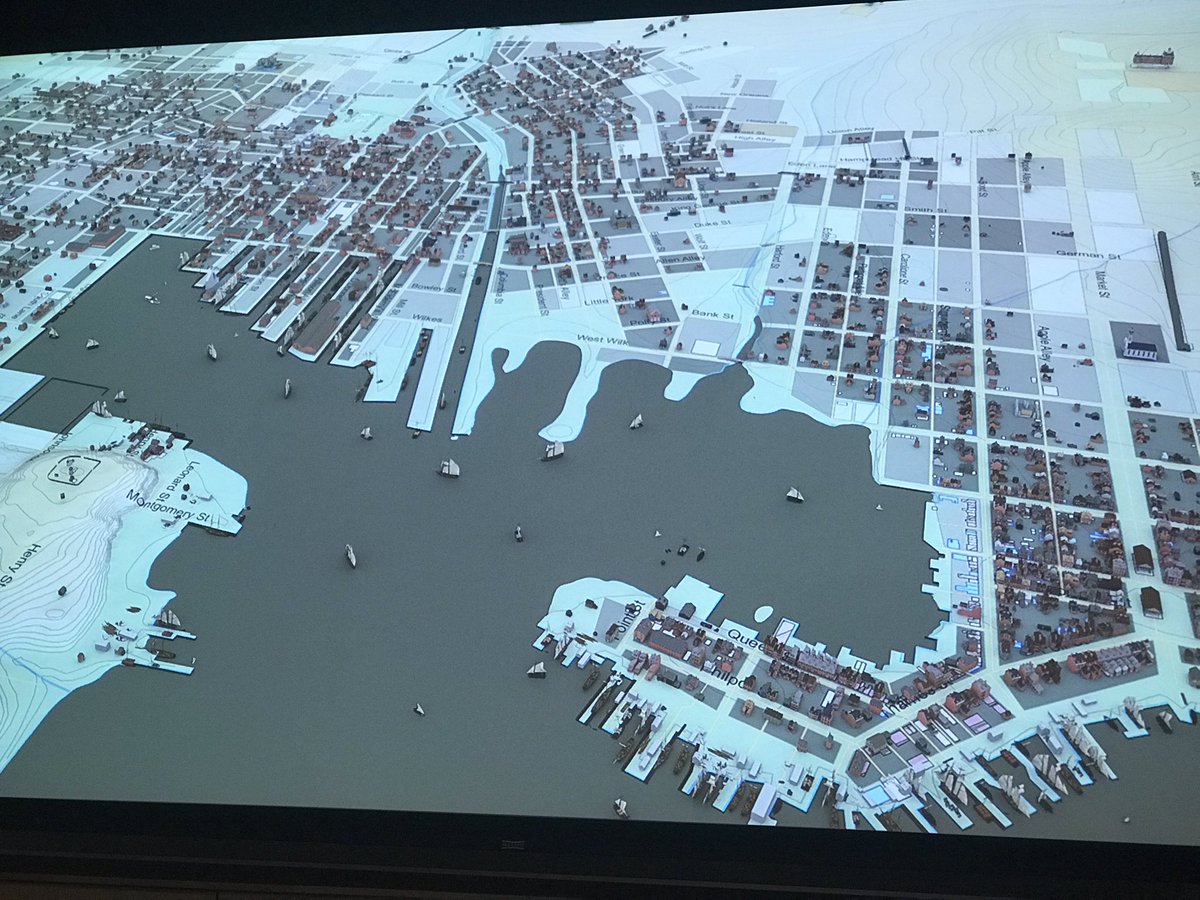


Maps and paintings are not necessarily reliable as they are often incomplete or don’t show a realistic view of the city (elevation, etc) 



An example of the use of this mapping tool is @AnneSarahRubin’s project to map where white and free and enslaved Black people lived in early Baltimore. 
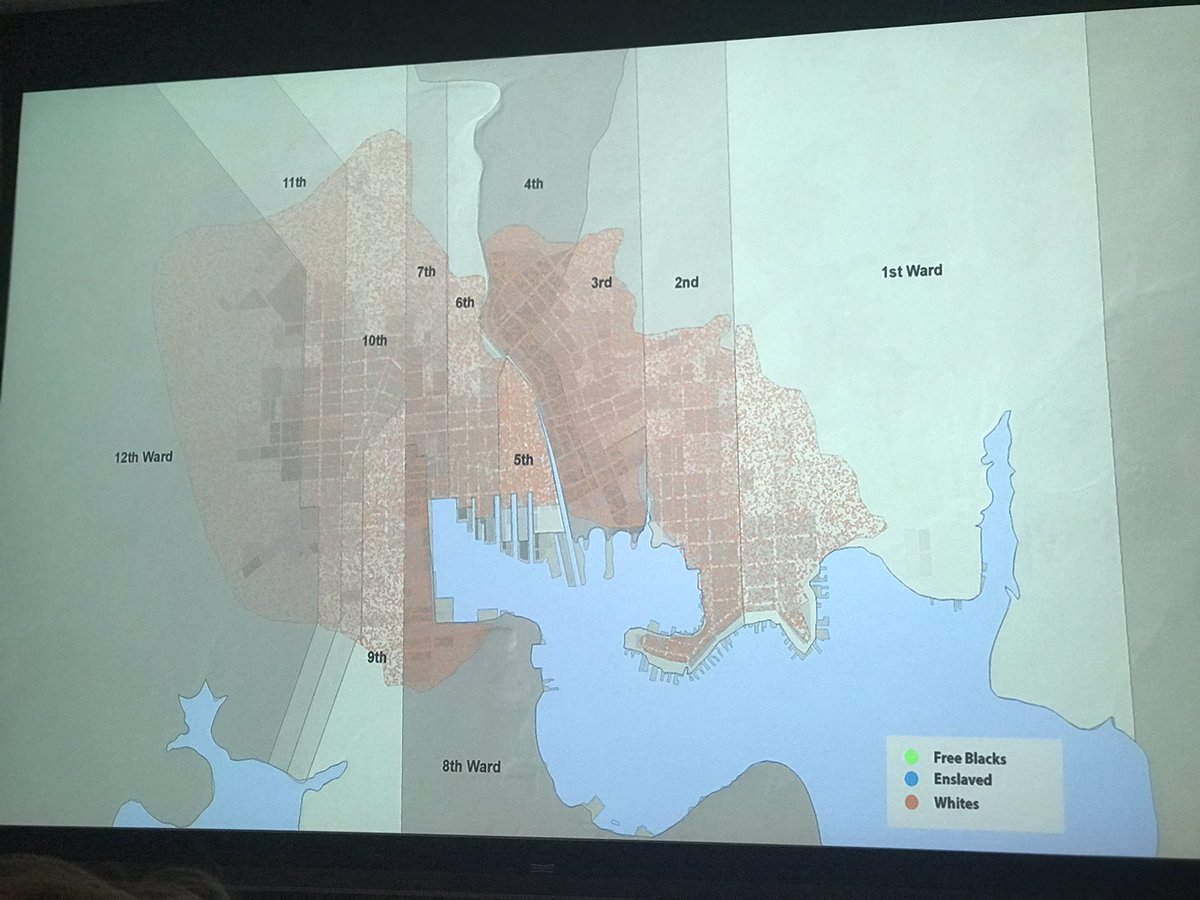
Such tools can allow us to look beyond just the shapes on a map. These were people who walked with and lived around each other. 



This research is the work of a village and NOT an individual
@threadreaderapp unroll
• • •
Missing some Tweet in this thread? You can try to
force a refresh




